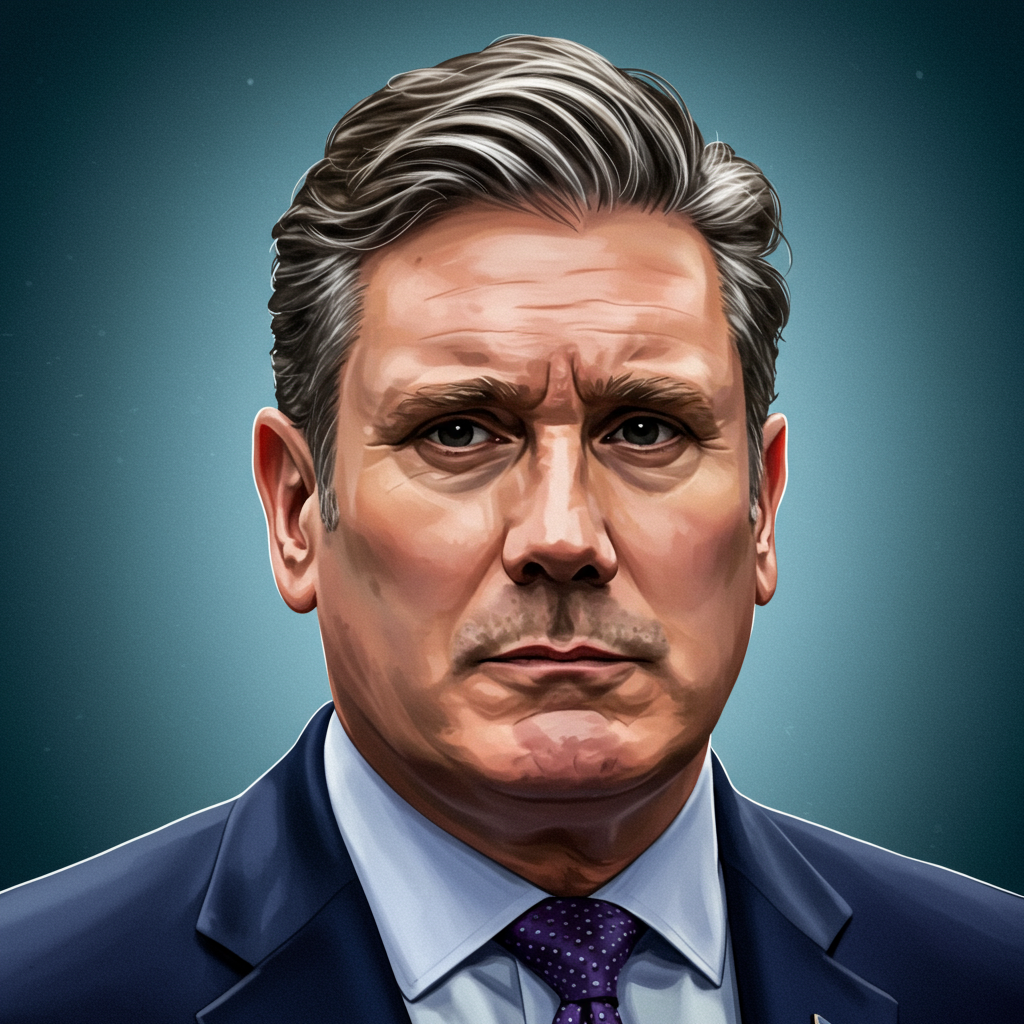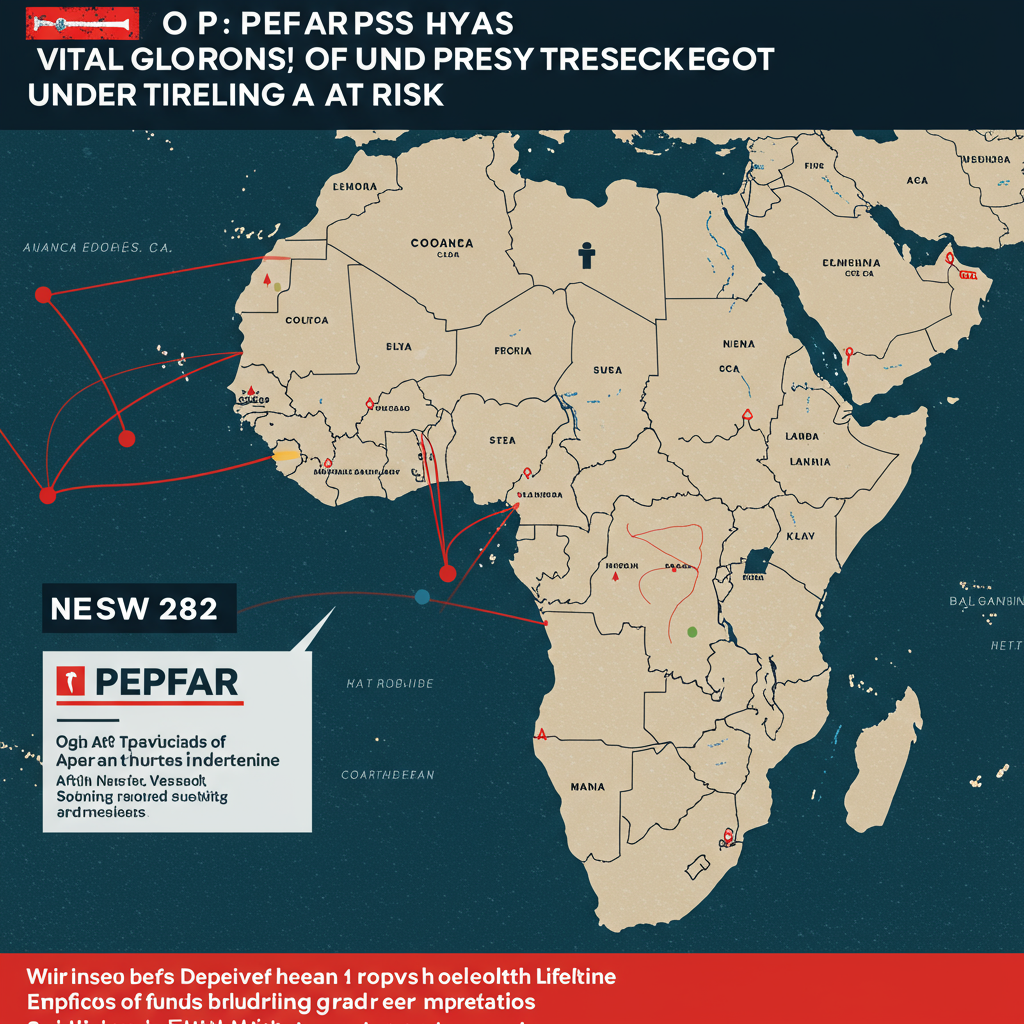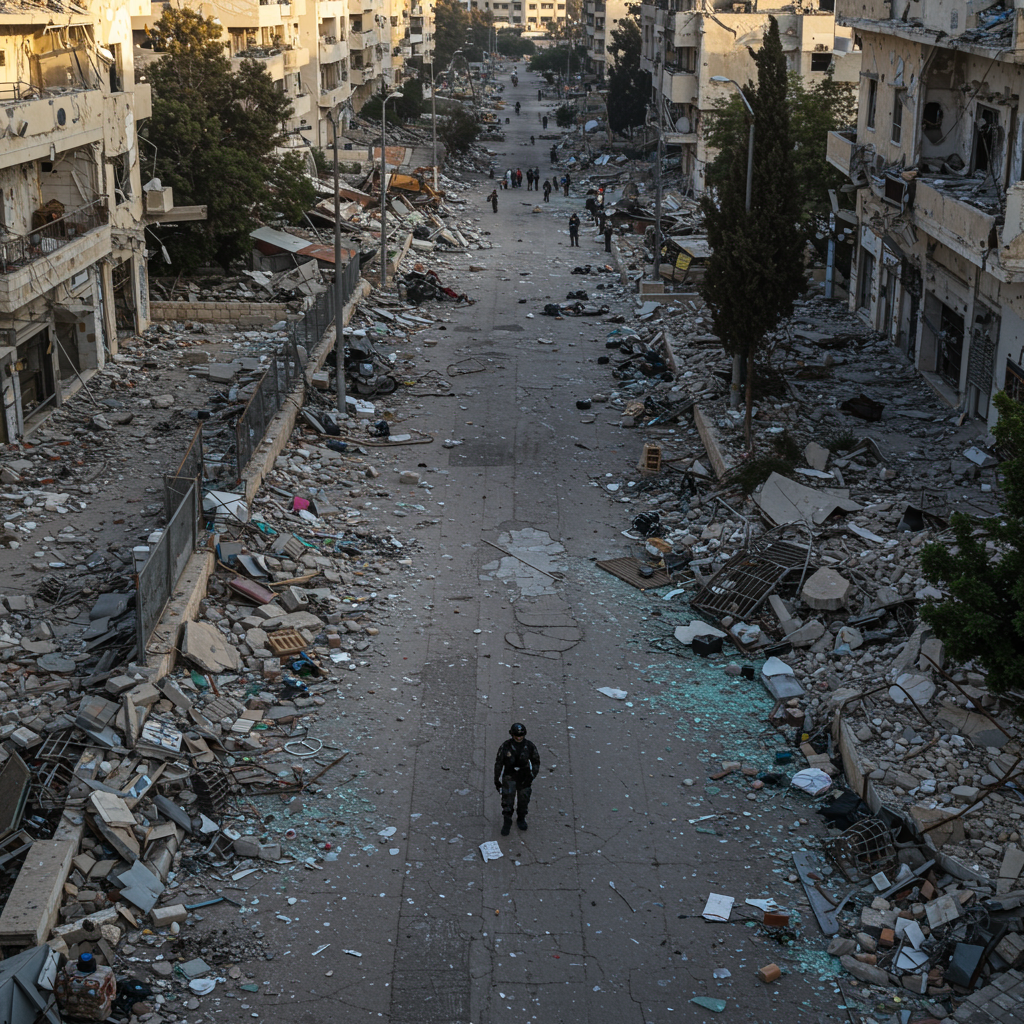North Korea is set to open a sprawling beach resort on its east coast, a ambitious project championed by leader Kim Jong Un as part of a strategic bet to boost tourism revenue for the heavily sanctioned nation.
The Wonsan Kalma Coastal Tourist Zone, located in the port city of Wonsan, is scheduled to welcome domestic visitors starting July 1st. This opening comes after significant delays, running six years behind its initial completion target due to construction challenges exacerbated by international sanctions and the country’s stringent pandemic border closures.
Inside the Wonsan Kalma Tourist Zone
State media, through the Korean Central News Agency (KCNA), has hailed the Wonsan Kalma development as a “great, auspicious event of the whole country” and a “prelude to the new era” in North Korean tourism. The resort reportedly occupies a 4km (2.5 mile) stretch of coastline and is claimed to be capable of accommodating up to 20,000 visitors.
Described as a “world-level tourist cultural resort” by state propaganda, the complex boasts hotels, restaurants, shopping centers, sports and recreation facilities, and a water park complete with water slides. However, the capacity and features claimed by state media are difficult to verify independently.
The choice of Wonsan is notable, as it’s a town with personal ties to Kim Jong Un, where he reportedly spent part of his youth. The area, once a site for missile testing, has been targeted for transformation, becoming a focus of the country’s elite who maintain private villas there.
Tourism as a Lifeline Under Sanctions
Ranked among the world’s poorest nations, North Korea funnels the majority of its limited resources into its military and regime-propagandizing monuments. Decades of international sanctions, primarily imposed over its nuclear weapons program, severely restrict many economic activities.
In this context, tourism represents one of the few remaining avenues through which North Korea can legally earn foreign currency. However, the industry remains tightly controlled by Pyongyang, designed largely to present a carefully curated and “sanitised version” of the country to visitors.
Access Post-Pandemic and Shifting Dynamics
North Korea effectively sealed its borders to all foreigners in early 2020 in response to the Covid-19 pandemic, crippling its nascent tourism sector. Restrictions began to ease gradually in mid-2023, though a full lifting of the ban remains pending.
A notable shift occurred in February 2024 when North Korea began accepting Russian tourists, reflecting deepening ties between Pyongyang and Moscow amidst shared challenges under Western sanctions. There was also a brief period in February when small groups of Western tourists from the UK, France, Germany, and Australia entered via the Chinese border, but this was abruptly halted weeks later. Chinese group tours, which constituted over 90% of visitors pre-pandemic, largely remain stalled, although the Pyongyang International Marathon in April did attract some foreign runners.
Given the presence of the Russian ambassador at the opening ceremony, some tour operators anticipate that Russian nationals may be among the first foreigners allowed access to Wonsan Kalma. The resort’s launch coincides with a period of strengthened partnership between North Korea and Russia, including reports of North Korea sending troops to support Russia’s war in Ukraine and the recent reopening of a direct train route between their capitals.
Mixed Reactions from Tour Operators
The opening of Wonsan Kalma has drawn mixed reactions from foreign tour operators who specialize in North Korea travel.
Rowan Beard, co-founder of Young Pioneer Tours, expressed disappointment that the opening doesn’t yet signal a broader return to international tourism. He is skeptical the resort will be a primary draw for most Western visitors, predicting that iconic sites like Pyongyang, the Demilitarized Zone (DMZ), and other brutalist or communist landmarks will remain the main highlights once wider access resumes.
Conversely, Elliott Davies, director of Uri Tours, sees a “niche appeal” for North Korea among adventurous travelers seeking unconventional experiences. He finds the prospect of encountering a familiar concept like a beach resort “shaped within the unique cultural context of North Korea” intriguing. Experts also suggest tourist visits from South Korea and the United States are unlikely in the near term, especially given North Korea’s recent focus on its nuclear program over dialogue.
The Official Unveiling
Kim Jong Un personally attended a ribbon-cutting ceremony on June 24th to celebrate the completion of the resort, hailing the project as a “brilliant reality” after over a decade of effort and rising costs. State media released “soft-focus coverage” showing Kim, accompanied by his daughter Kim Ju Ae and wife Ri Sol Ju, relaxing poolside and inspecting the facilities.
This public appearance marked Ri Sol Ju’s first since New Year’s Day, while Kim Ju Ae continues to regularly accompany her father, fueling speculation that she is being prepared as a potential successor, possibly the first woman to lead the Kim dynasty. The presence of Russian ambassador Alexander Matsegora as a chief guest at the ceremony further underscored the diplomatic focus surrounding the event.
Kim reportedly expressed “great satisfaction” with the project, believing it will enhance Wonsan’s reputation and “play a leading role in establishing the tourist culture” of North Korea. He also indicated Wonsan Kalma is merely the initial step in developing cultural tourism, with plans for more large-scale tourist areas to follow.
Despite the grand unveiling and state media fanfare, the immediate focus remains on domestic tourism, with the timeline for welcoming foreign guests still uncertain.



